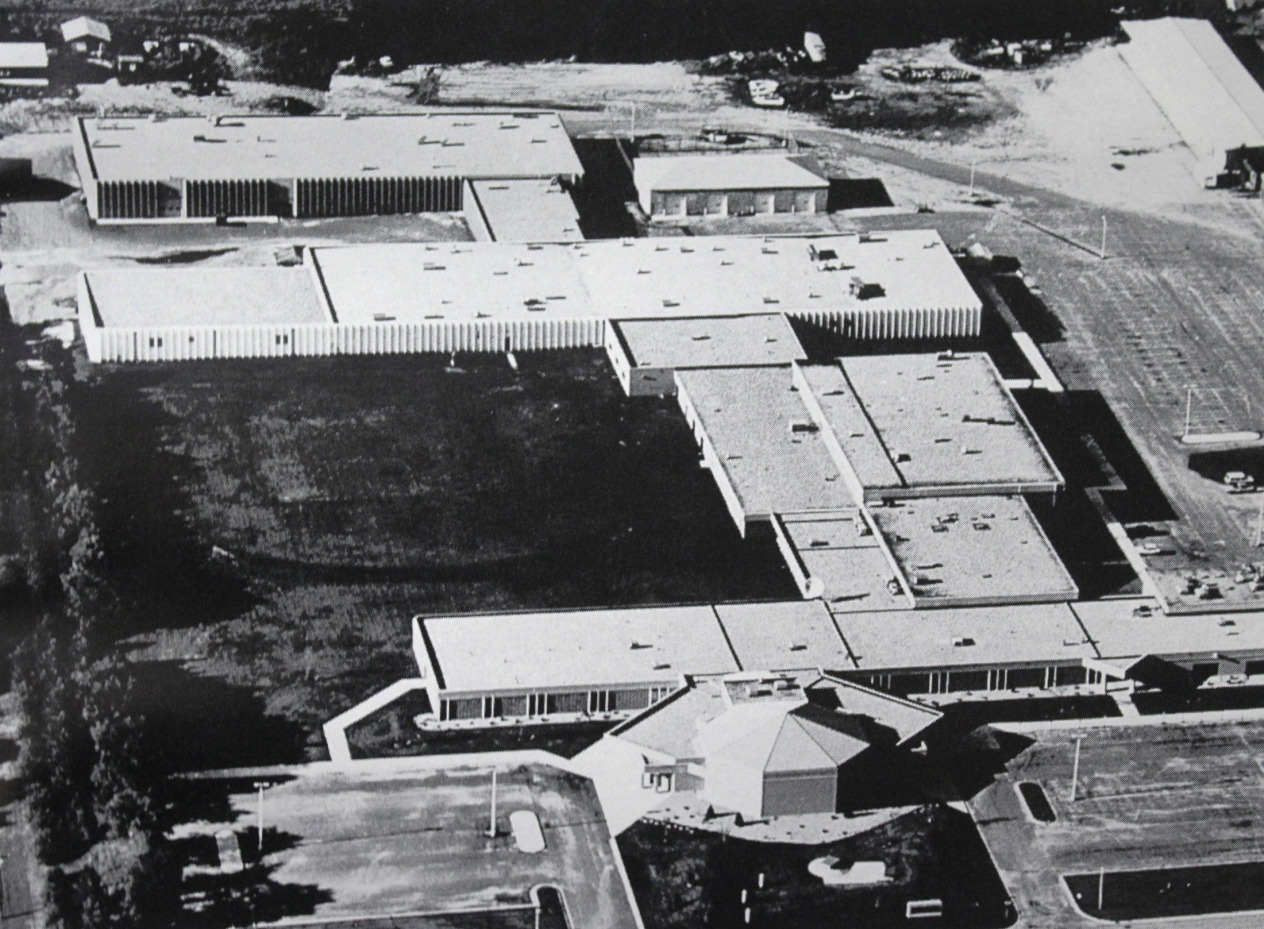Title
RADT1146 - Radiographic Procedures III
Description
Description
This course will provide the student with the knowledge necessary to perform routine and mobile radiographic procedures relative to skull (including sensory organs), traumatic injury, and surgical radiography. Pathological conditions of these anatomical structures will be discusses as well. In addition the student will be introduced to highly specialized studies of the central nervous system, cardiovascular, lymphatic system and cross-sectional imaging. Special imaging equipment, physical settings and techniques used in these highly specialized studies will also be included.
API ID
Credits
4 (2/2/0)
Competencies
- Demonstrate proper use of positioning aids.
- Adapt radiographic procedures to trauma, surgical and portable examinations.
- Simulate trauma, surgical and portable procedures on a person or phantom in a laboratory setting.
- Evaluate images for positioning, centering, appropriate anatomy and overall image quality.
- Discuss equipment and supplies necessary to complete trauma, surgical, portable, interventional and cross-sectional imaging procedures.
- Identify the patient preparation methods used for the procedures discussed in the course.
- Identify anatomical structures of the central nervous system and the cardiovascular system.
- Identify anatomical structures on cross-sectional images.
- Demonstrate the ability to operate specialized radiographic equipment.
- Identify the special requirements needed for the procedures discussed in this course.
- Adapt and adjust general technical factors to trauma, surgical and portable examinations.
- Apply general radiation safety and protection practices associated with radiologic examinations.
- Describe basic terms related to pathology.
- Describe the causes and manifestations of pathological conditions and their relevance to radiologic procedures.
- Describe imaging procedures used in diagnosing disease.
- Describe the various systemic classifications of disease in terms of etiology, types, common sites, complications and prognosis.
- Describe the radiographic appearance of diseases.
- Identify imaging procedures and interventional techniques appropriate for diseases common to each body system.
- Identify procedural and technique considerations required for pathological conditions.
Degrees that use this course
Degrees that use this course
Degree:
Associate of Applied Science (AAS)
Location:
Detroit Lakes Campus
Credits:
79
